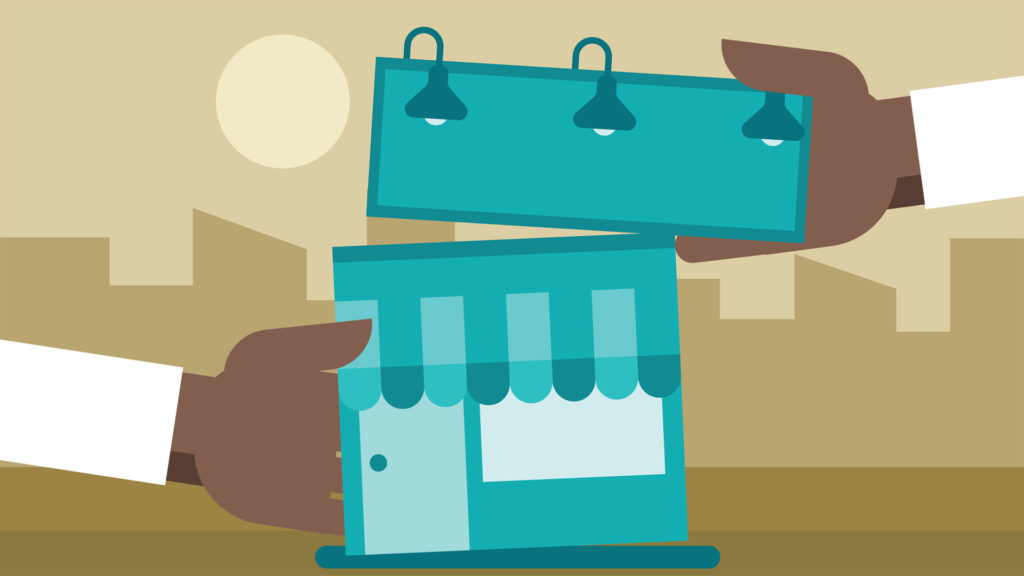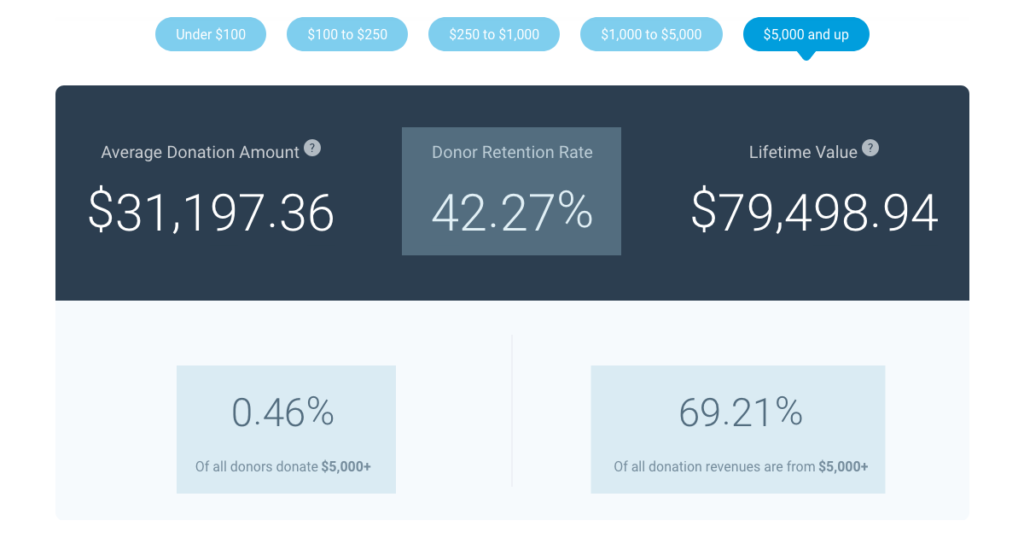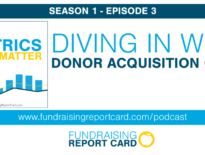In part 1 of this series we discussed how relationships come to be. Researchers, scientists, and academics have spent their entire careers striving to understand how and why human beings interact with one another to develop meaningful relationships.
We focused our attention on Dr. Mark Knapp whose research is at the forefront of this field of study. Dr. Knapp proposes a relational model that contains 5 distinct steps of coming together.
To review them briefly, they are:
- Initiating
- Experimenting
- Intensifying
- Integrating
- Bonding
Earlier in this series we defined what each step is and how it functions within the larger “coming together” phase of relationship development. It may have felt a bit like we reviewed how to fall in love, but today we’ll get a bit more practical.
If you have not read part 1 of this series, please consider doing so before moving on.
How do organizations build relationships with individuals?

At the crux of our discussion is this burning question; how does an organization build a meaningful relationship with an individual.
As we briefly mentioned in part 1, organizations run the risk of relying too heavily on individual staff to build relationships. What happens when a gift officer leaves to joins a different organization? Do the one-to-one relationships they’ve developed jump ship too?
It’s idealistic (and unrealistic) to imagine that all relationships between fundraisers and their major or planned giving prospects are between the organization and the individual. Since nonprofit staff are the ones helping supporters realize their philanthropic desires, it is inevitable that they will build some sort of connection. In reality, that’s healthy and important.
Yet, since the pitfalls of purely individual-to-individual relationship building do exist, how do successful and sustainable nonprofits address this? Although developing a relationship on an individual-to-individual level is not bad, it can cause it’s fair share of headache. Sustainable and growing nonprofits create systems and processes that allow fundraisers to do their job (help donors give), but also ensure that all information surrounding their relationship is organization knowledge, not simply that individual’s knowledge.
Being a vendor in our space, you get a unique perspective for how this takes shape in practice. Take for example a hospital foundation that demanded all data we collected regarding their prospects ended up back in their primary database. Why was this so important to them? Because having all their data in the right place meant that anyone in the organization could access it and grasp where the relationship with an individual prospect was at any moment. That’s key.
If your organization strives to raise major and planned gifts in a scalable and sustainable fashion it is paramount that all information relating to your prospects ends up in one database. The organization needs “collective knowledge” of all individual interactions with prospects so that anyone could come in and continue fostering and facilitating a donors relationship with the organization.
Why relationship building is so important

Developing relationships with major donor prospects is important. There are two primary justifications for this statement:
Data shows that major donors make up the vast majority of donation revenues at nonprofit organizations; Making a donation is emotional. Unlike other transactional behavior, major donors spend a considerable amount of time moving through the decision making process before ultimately finalizing a contribution.
Let’s address both of these points one at a time.
Plenty of research, and plenty of writing advocate for organizations to invest in donor retention. When brainstorming “high ROI” fundraising initiatives, retaining existing donors immediately comes to mind.
High dollar donors are arguably the most important segment of supporters to retain (simply as a function of how much revenue they account for at most organizations). Take for example our Live Benchmark data…
As of writing this, our $27.1B in donation data suggests that $5,000+ donors account for less than half of a percent of all donors to nonprofits. That’s a small subset of supporters. However, the percentage of revenue that this segment makes up is close to 70%.

You have heard of the 80 : 20 rule, this is the .5 : 70 rule. A very small fraction of major donors seem to make up a large chunk of donation revenues. With that in mind, retaining those donors would be at the forefront of our mind, but sadly retention rates for this segment hover around 43%.
If 70% of revenue comes from .5% of supporters, and then only 43% of those donors renew year over year, we have a sustainability issue. How are other, scalable, sustainable, and growing nonprofits bridging this gap? They’re leveraging Knapp’s Relational Model.
Our second justification for focusing on Knapp’s model was the statement that, “making major donations is not transactional, and rather highly emotional.” What role does this have in supporting Knapp’s model? Plenty.
Unlike purchasing tennis shoes, or going out to eat, philanthropy is more involved and intimate. The decision making process becomes elongated, and moving through the different steps of that process take on a distinctly different timeline from that of transactional behavior.
Many people rely on others to help them move through the process. Think about the sales associate at Foot Locker, or your real estate agent — they’re there to help you move through the decision making process. As fundraisers we serve a similar purpose, but with the understanding that instead of selling shoes or a home we are selling our organization (our mission, impact, and vision). Our primary responsibility is to facilitate a supporters movement through the decision making process, and Knapp’s model provides us with the queues and steps to make that possible.
The challenges we face building relationships at scale

Implementing Knapp’s model at scale is difficult and fraught with challenges of its own.
First and foremost, it’s important to recognize that relationships are easier to comprehend on a one-to-one level. The idea that an organization (or you can think of this as a brand) can build relationships with individual people is secondary to our more common association of a relationship being one-to-one. Unfortunately one-to-one relationship building isn’t scalable.
Our industry’s ongoing discussion regarding “how large should a major gift officer caseload be” exemplifies this unsustainable approach to relationship building.
If a caseload contains 150 prospects and a gift officer is supposed to build meaningful, one-to-one relationships with each and every person there is little chance they will succeed. Even 50 prospects is too many.
Research shows that most people have 8 friends, not 50, or 100, or 150. Gift officers do not need to become friends with their prospects (they shouldn’t), but the amount of bandwidth and capacity they have to cultivate a meaningful and genuine relationship simply isn’t there.
If we step away from one-to-one relationship building we then identify a new challenge your organization will face; relationships still need to be authentic and real. On one hand we have to make our relationships scalable (not one-to-one), but on the other hand we need to still ensure that our engagements with prospects are real and authentic. This seems like an impossible balancing act. It is and it isn’t. We’ll go more in depth on tactics and strategies to make this happen in part 3 of this series, but simply note that supporter surveys and technology are here to help.
Finally, relationships need to be organizational knowledge. Like we discussed before, if Jane had the relationship with prospect John, and then Jane leaves the organization what happens to that relationship with John? Who “picks it up?” When relationships are inevitably made on a one-to-one level it is imperative that the information surrounding that relationship becomes (or has already been) organization-wide knowledge. To cut through the jargon, this simply means that notes need to be made in the CRM, and updated information has to be on hand at all times. As we all know, this is easier said than done… More on how to accomplish this in part 3.
Applying this at your shop
We face a variety of challenges when it comes to applying Knapp’s relational model. “Sure, this all sounds well and good” you may be thinking to yourself, “but there is no way we can apply this at our shop, we’re just too damn busy!”
Fortunately this is a 3 part series and not a 2 part series! Rather than leave you high and dry, we’ll address the exact tactics and strategies you can and should implement at your organization next week.
This isn’t a silver bullet, or snap of the finger solution, but it will help you take the next step towards building a sustainable and successful major or planned giving program at your shop.





3 thoughts on “Part 2 — Knapp’s Relational Model: The Key to Raising More Major (and Planned) Gifts”